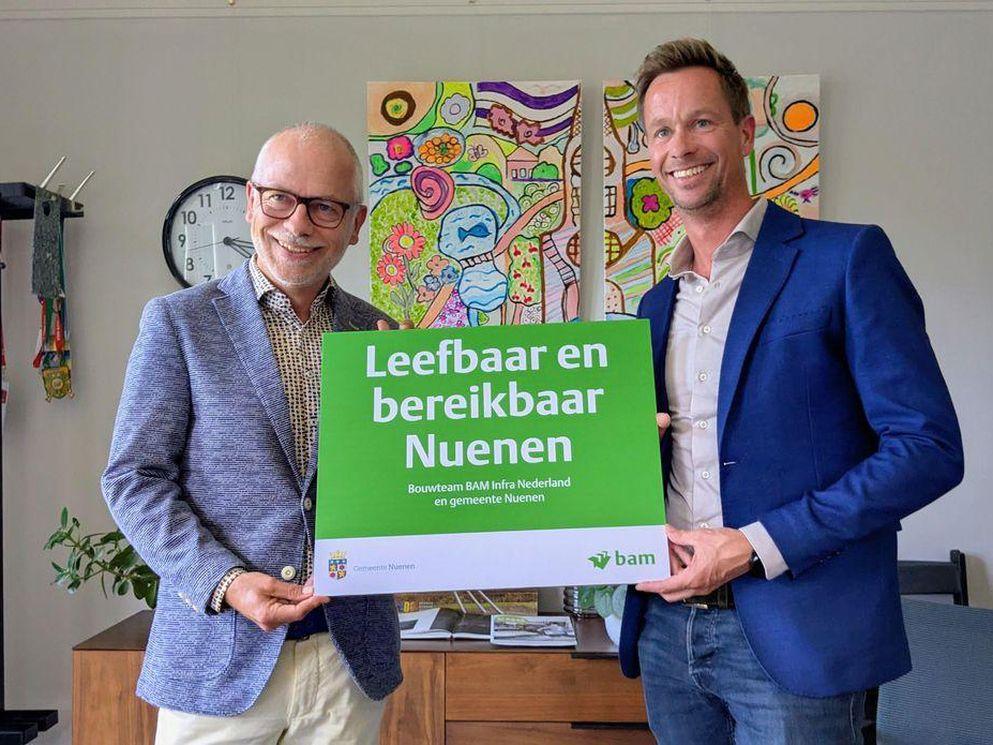Giant cocoon Darwin Centre unveiled
At the Natural History Museum in London, the second phase of the Darwin Centre has been unveiled. HBG Construction built the shiny white concrete cocoon, that will be home to six million plant specimens and 28 million insects, including a four hundred million year old fossil insect.
The Darwin Centre is unique in its design and construction method. To safeguard the museum's extremely vulnerable collection from heat, humidity and pests, C F Møller Architects of Denmark opted to house the collection within the curving surfaces of a cocoon. This in turn is encased in a glass facade and a transparent air cushion roof providing protection from the elements.
Besides the conditioned storage space for the insect and plant specimens, the extension to the 125 year old Natural History Museum will also provide research areas, offices, a lecture hall and, of course, exhibition space that will be accessible to the public.
HBG Construction finished work in July. A year after the unveiling, when the collection of insects has been moved in, the cocoon will open to the public.



